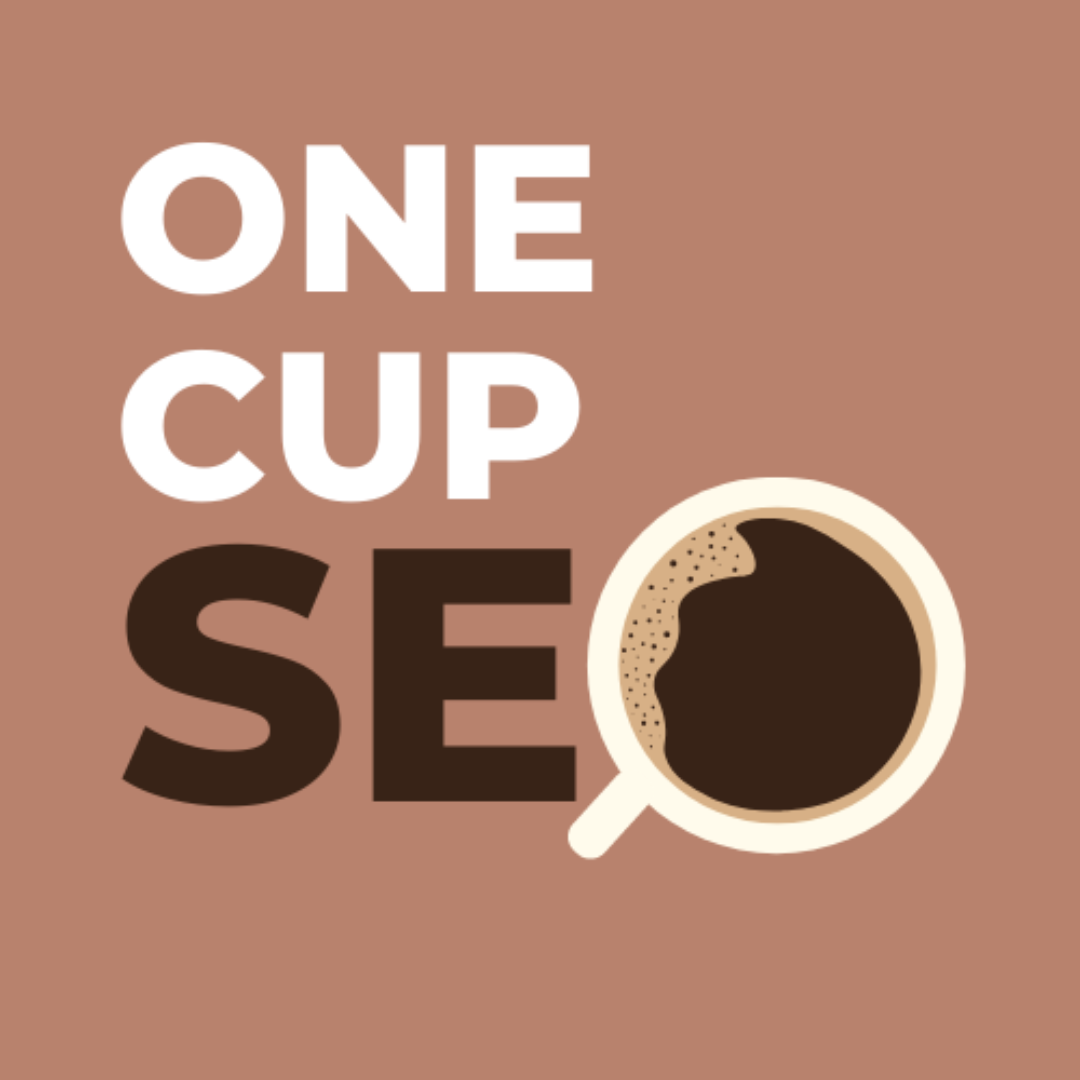Popups are a double-edged sword in web design and marketing. While they can be powerful tools for engagement and conversion, they also have the potential to negatively impact user experience and bounce rates. Let’s dive into the complex relationship between popups, bounce rates, and user experience.
Impact on Bounce Rates
Understanding Bounce Rate
Bounce rate is the percentage of visitors who leave a site after viewing only one page, without any further interactions. Popups can significantly influence this metric, depending on their design and timing.
1. Immediate Popups
Popups that appear as soon as a user lands on a page can lead to higher bounce rates.
Reasons:
- Users feel interrupted before they can engage with content
- Some visitors may instinctively close the tab or window
- The popup might obscure the main content, frustrating users
2. Exit-Intent Popups
In contrast, exit-intent popups can actually help reduce bounce rates.
Benefits:
- Target users who are already planning to leave
- Provide a last chance to engage visitors
- Can convert potential bounces into subscriptions or sales
3. User Experience Considerations
The effectiveness of popups in reducing bounce rates is closely tied to user experience.
Key factors:
- Relevance of the popup content to the user’s interests
- Timing and frequency of popup appearances
- Design and ease of dismissal
User Experience Effects
1. Interruption vs. Engagement
Popups walk a fine line between being disruptive and engaging.
Potential negative impacts:
- Interrupt the flow of content consumption
- Can be perceived as annoying or intrusive
Potential positive impacts:
- Offer valuable content or discounts
- Draw attention to important information or offers
2. Contextual Relevance
The relevance of popup content to the user’s current context is crucial.
Best practices:
- Tailor popups to the page content or user behavior
- Offer related products or content based on browsing history
- Use personalization to increase relevance
Example: A popup offering a discount on running shoes to a user browsing athletic wear is more likely to be well-received than a generic signup form.
3. Long-Term Relationships
While popups can initially seem disruptive, they can contribute to building lasting relationships with users.
Potential benefits:
- Collect email addresses for future marketing
- Provide value that encourages return visits
- Foster a sense of exclusivity through special offers
Balancing Popup Use for Optimal Results
To leverage popups effectively without negatively impacting bounce rates or user experience, consider the following strategies:
- Timing is Key: Avoid immediate popups; use exit-intent or time-delayed popups instead.
- Relevance Matters: Ensure popup content is relevant to the user’s interests and current page content.
- Easy Dismissal: Make it simple for users to close popups if they’re not interested.
- Mobile Optimization: Ensure popups are mobile-friendly and don’t obstruct content on smaller screens.
- A/B Testing: Continuously test different popup designs, timing, and content to optimize performance.
- Frequency Capping: Limit how often individual users see popups to prevent fatigue.
- Value Proposition: Clearly communicate the benefit of engaging with the popup.
Conclusion
The impact of popups on bounce rates and user experience is nuanced and depends largely on implementation. While poorly executed popups can increase bounce rates and frustrate users, strategically designed and timed popups can enhance engagement, reduce bounces, and contribute to a positive user experience.
The key lies in finding the right balance between your marketing goals and user preferences. By focusing on relevance, timing, and value, you can create popup strategies that not only avoid negative impacts but actively contribute to improved user engagement and satisfaction.




